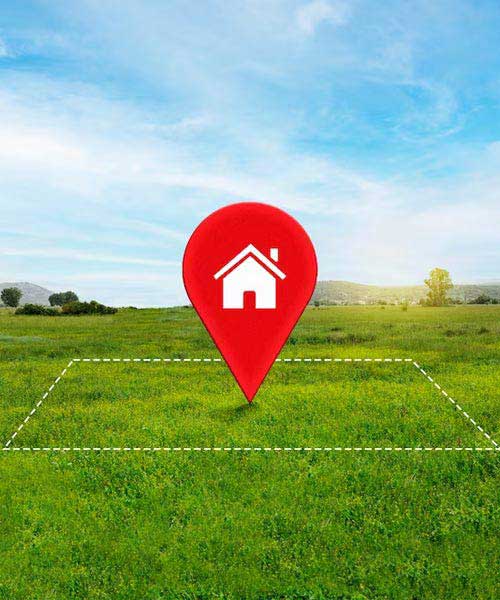- +91 8125913666
- valueinvestzone9@gmail.com
Open Lands
Open lands, often synonymous with undeveloped or vacant spaces, play a crucial role in the real estate landscape. While urbanization and development are essential for progress, the preservation and integration of open lands within communities offer a myriad of benefits. In this article, we will explore the advantages of open lands in real estate and how they contribute to creating more sustainable, livable, and thriving environments.
Environmental Conservation
One of the primary benefits of open lands in real estate is their contribution to environmental conservation. These areas act as natural habitats for various flora and fauna, promoting biodiversity and ecological balance. Preserving open lands helps maintain the natural beauty of an area, providing a buffer against environmental degradation. In turn, this enhances the overall quality of life for residents by offering spaces that support clean air, water, and a healthier ecosystem.
Recreation and Leisure Opportunities
Open lands serve as valuable spaces for recreational activities, offering residents and communities a place to unwind and engage in outdoor pursuits. Parks, green belts, and other open areas provide opportunities for jogging, cycling, picnics, and sports, fostering a sense of community and promoting a healthy lifestyle. Access to such recreational spaces enhances the overall attractiveness of a neighborhood, making it more desirable for potential homebuyers.

Aesthetic Appeal and Property Values
The presence of open lands contributes to the aesthetic appeal of a community, creating a visually pleasing environment. Green spaces, parks, and scenic landscapes not only improve the overall ambiance but also positively impact property values. Homes located near open lands are often considered more desirable, leading to increased demand and higher market values. This boost in property values benefits homeowners and contributes to the economic vitality of the community.
Mitigating Urban Heat Islands
Open lands play a crucial role in mitigating the effects of urban heat islands, which occur when built-up areas experience higher temperatures than their surrounding rural areas. The presence of vegetation in open lands helps regulate temperature by providing shade and reducing the heat absorbed by paved surfaces. This, in turn, contributes to a more comfortable and sustainable urban environment, making communities more resilient to the challenges posed by climate change.
Community Connectivity
Open lands offer opportunities for community engagement and social interaction. Whether through organized events, community gardens, or casual gatherings, these spaces foster a sense of connectivity among residents. Strong community bonds contribute to a safer and more supportive living environment, enhancing the overall social fabric of a neighborhood.
Stormwater Management
Preserving open lands helps manage stormwater runoff effectively. The natural vegetation and soil in these areas absorb rainwater, reducing the risk of flooding and erosion. This natural stormwater management system not only protects the community from potential environmental hazards but also reduces the need for costly artificial drainage solutions.
Educational and Cultural Significance
Open lands often hold historical and cultural significance. Preserving these areas allows communities to maintain a connection with their heritage and history. Additionally, open lands can serve as outdoor classrooms, providing educational opportunities about the environment, ecology, and sustainability. Integrating these spaces into the urban fabric contributes to a more well-rounded and culturally rich community.
In the realm of real estate, the benefits of open lands extend far beyond the preservation of green spaces. These areas contribute to the overall well-being of communities by providing environmental, recreational, and cultural advantages. As urbanization continues, the careful consideration and integration of open lands into development plans become increasingly crucial. By recognizing and harnessing the potential of open lands, we can create more sustainable, resilient, and vibrant neighborhoods that stand the test of time. Embracing the balance between development and preservation is key to shaping the cities and communities of the future.

 Facebook
Facebook Youtube
Youtube Instagram
Instagram Whatsapp
Whatsapp